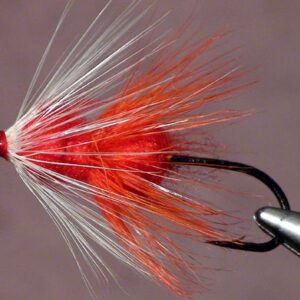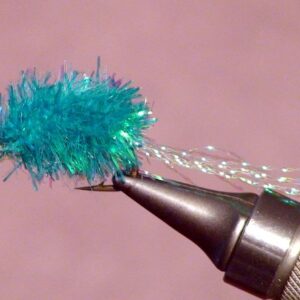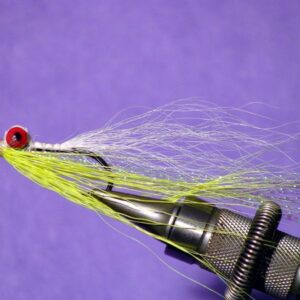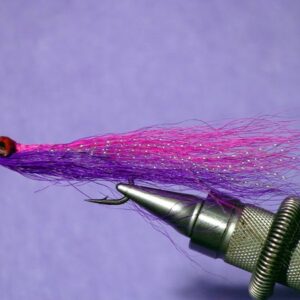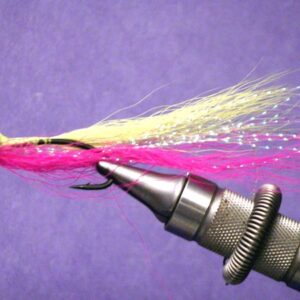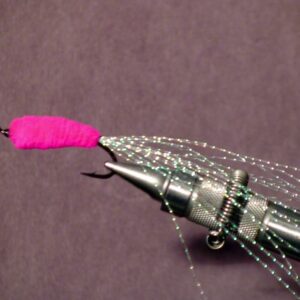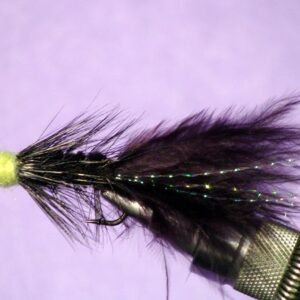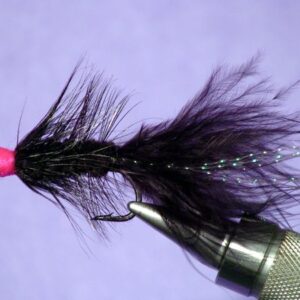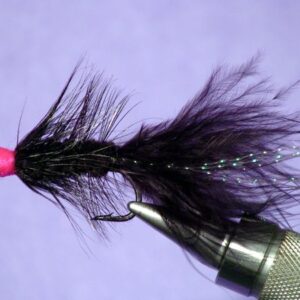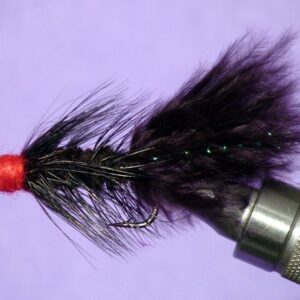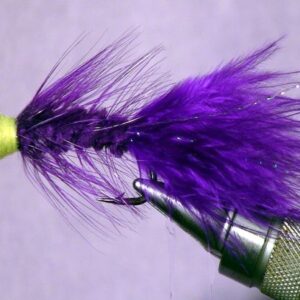Showing 1–12 of 22 results
Salmon are anadromous fish. This means they travel from the salt water of the Pacific Ocean to freshwater rivers and streams to spawn. Once reaching their native river, they stop feeding. They live off of their stored body fat.
During the spawning migration they fight rapids and waterfalls until they reach their spawning grounds where they were born. When the spawn ends, the salmon’s life ends. It dies within a short period of time after spawning. The salmons body drifts downstream, decays and fertilizes the water with rich nutrients.
There are five species of Pacific Salmon – Chinook, Coho, Chum, Pink, and Sockeye salmon. The King Salmon is the common name for a Chinook Salmon. They are the largest of the salmon. The Coho Salmon are called Silver Salmon or just “Silvers”. The Chum Salmon are called Dog Salmon and sometimes Keta Salmon. Pink Salmon are the smallest of the Salmon and are usually called Humpies. The Sockeye Salmon is sometimes called the Red Salmon and sometimes the Blueback Salmon. When landlocked, Sockeye Salmon are called Kokanee Salmon.
